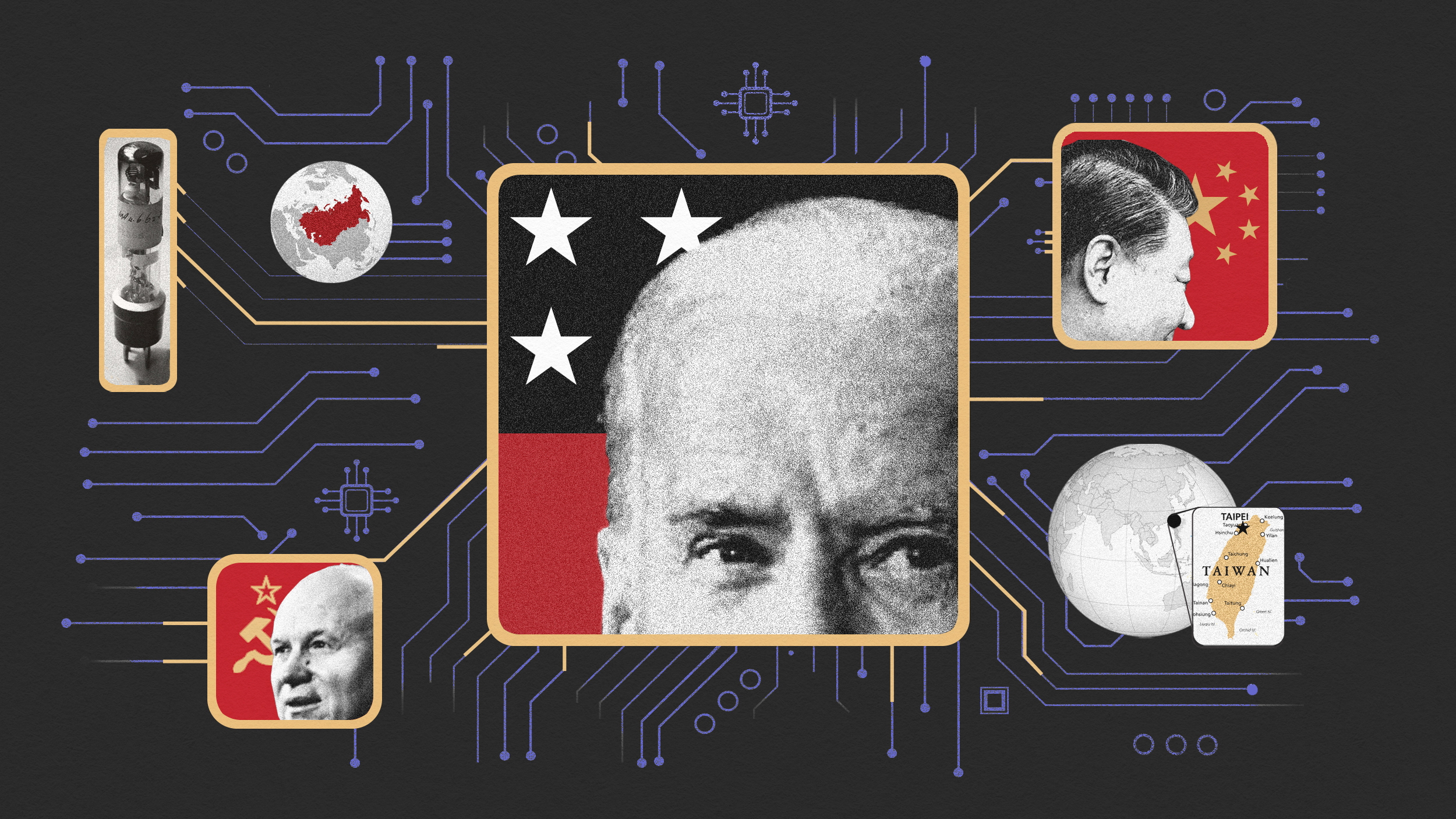KKR Goes Public: What Is a Leveraged Buyout?

Sign up for the Smarter Faster newsletter
A weekly newsletter featuring the biggest ideas from the smartest people
Shares of private equity giant Kohlberg Kravis Roberts & Co. (KKR) began trading on the New York Stock Exchange Thursday, concluding a multi-year plan to take public a firm that helms billions of dollars to purchase companies in deals known as “leveraged buyouts” (or LBOs).
LBOs loom large in the financial imagination for the force and speed with which they can take over companies of any size. KKR, for example, became a household name following its 1989 leveraged buyout of conglomerate RJR Nabisco, chronicled in the popular book “Barbarians at the Gate.” To get a better sense of how an LBO works, Big Think spoke with Philip Bond, professor of finance at the Wharton School at the University of Pennsylvania:
“It all starts with a public company, so its shares are traded publicly,” says Bond. “An investor, someone like KKR, will purchase those shares by issuing very, very large amounts of debt. So, the primary financing of shares is from this borrowing of debt. You also have a new owner with a comparatively small equity stake in the company.”
This debt can often be quite risky. “There is not a very big safety margin,” says Bond, “and if profits fall a little you will not be able to service the interest on the debt.”
Bond says that one of the rationales for an LBO is supposedly to cut away at managerial slack.He says that one standard story about how LBOs evolved is that though the 60s and 70s firms got bigger and bigger and more and more inefficient—that they became these sprawling empires of mismatch in leadership.What many of the LBOs aim to do is to come in and restore these firms to economic efficiency.
However, as Bond notes, “After they have acquired all the debt, if they do not make the efficiency improvements then they are simply going to go bankrupt.”
Bond says that one of the rationales for an LBO is supposedly to cut away at managerial slack.He says that one standard story about how LBOs evolved is that though the 60s and 70s firms got bigger and bigger and more and more inefficient—that they became these sprawling empires of mismatch in leadership.What many of the LBOs aim to do is to come in and restore these firms to economic efficiency.
However, as Bond notes, “After they have acquired all the debt, if they do not make the efficiency improvements then they are simply going to go bankrupt.”
“One of the things the debt is doing, at least according to this account,” says Bond, “is serving the role of forcing the firm to go ahead and make those efficiency improvements.“ He adds that one of the reasons why the popularity of the LBO fell away after the big boom in the 80s is that U.S. firms became somewhat more efficient.
“The LBO is not incredibly different from what a hedge fund or private equity firm would do when it takes a very large stake in a company,” says Bond. “In these cases you wouldn’t necessarily finance the purchase by debt, rather it might be financed by equity, but the idea that some outside investor is going to come in, take over the firm, and try to run it better is shared by the LBO with hedge funds and private equity firm.”
Bond says one concern is that after an LBO has taken a company over, then it is typically no longer public, meaning it no longer has publicly traded shares. As a result, it might be more difficult for the company to borrow money in the future to finance growth.
Bond says one concern is that after an LBO has taken a company over, then it is typically no longer public, meaning it no longer has publicly traded shares. As a result, it might be more difficult for the company to borrow money in the future to finance growth.
“Taking a public company and turning it into a private company, which is half of what typically happens in a LBO, is going to be most attractive in firms looking to shrink or stay the same size,” he said. “If you think a firm is going to grow substantially in the future, needing large amounts of financing in the future, the LBO is probably going to be a less attractive option.”
Sign up for the Smarter Faster newsletter
A weekly newsletter featuring the biggest ideas from the smartest people





